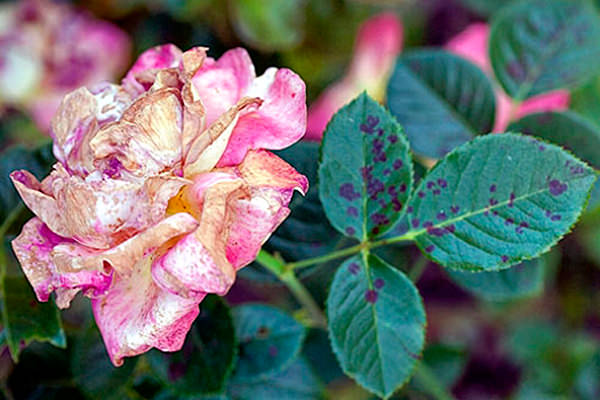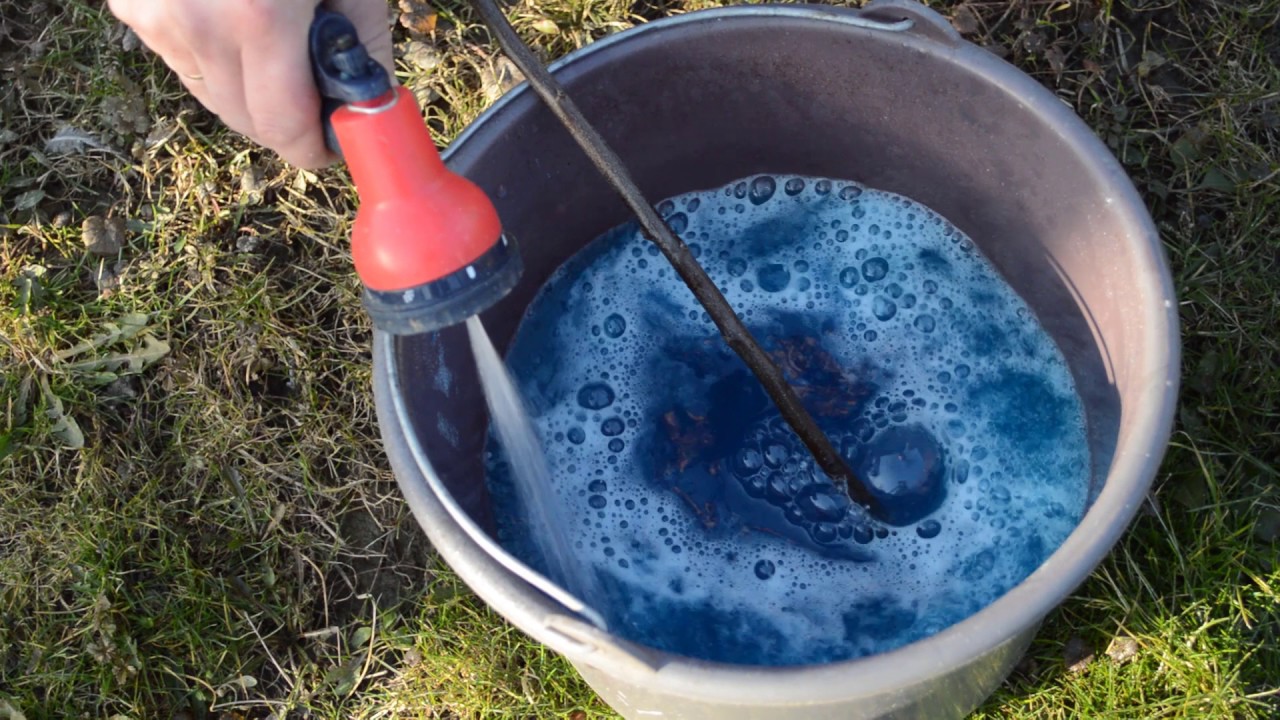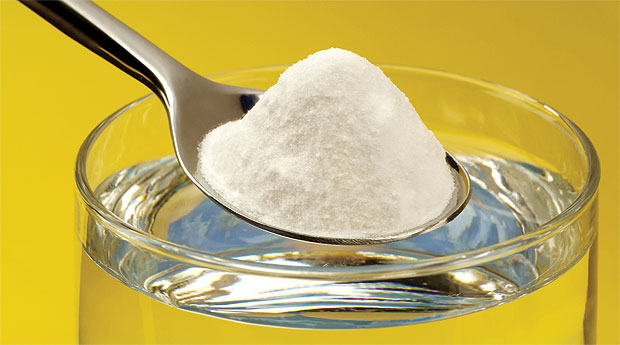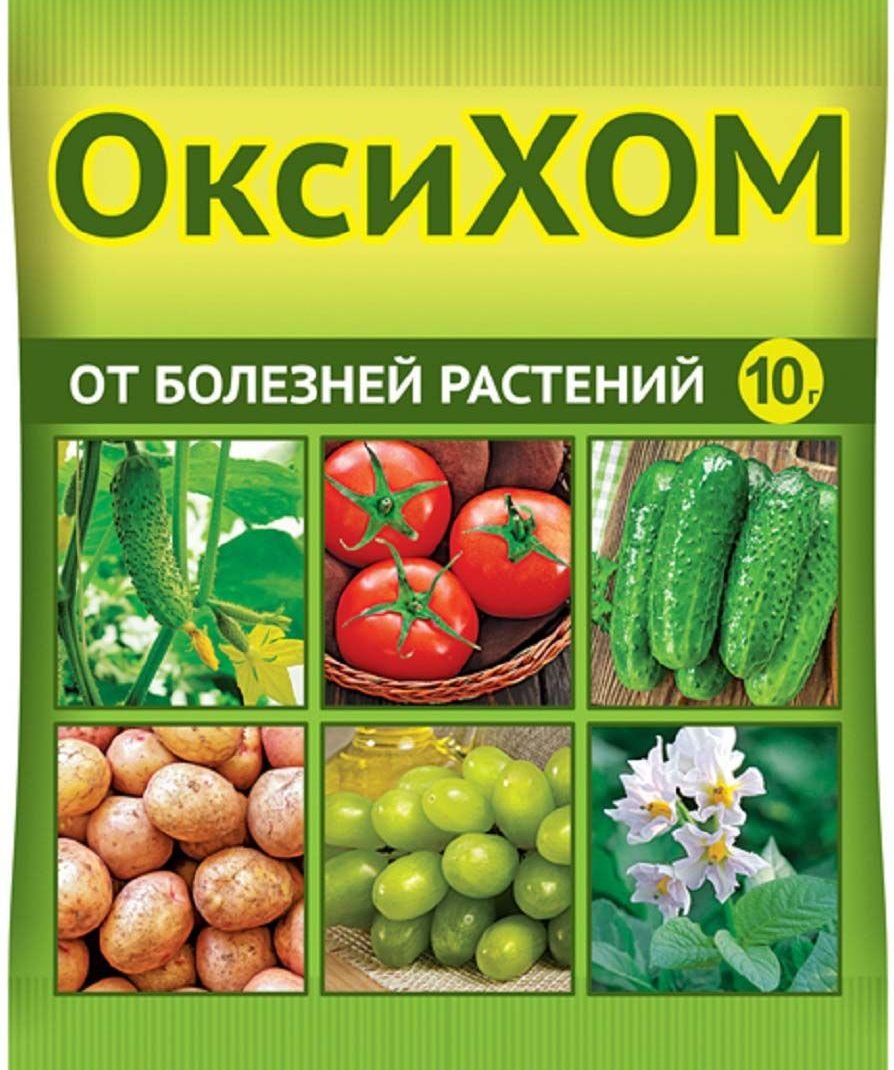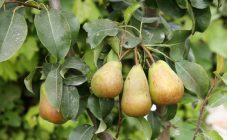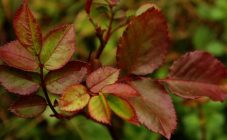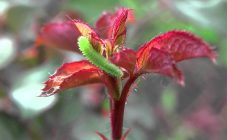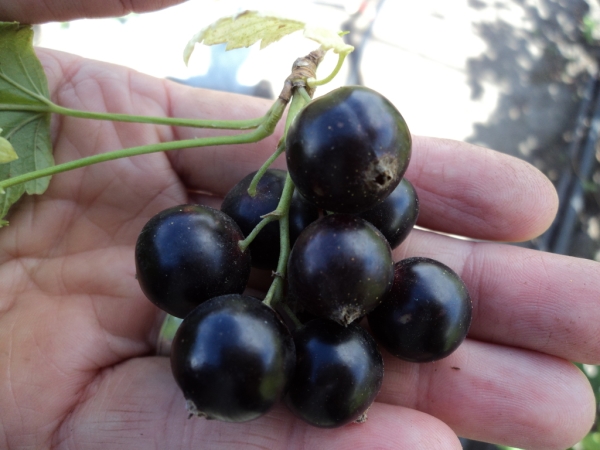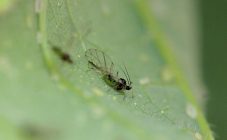Content:
- The importance of preventive measures against diseases and pests for roses
- Is it possible to spray roses
- How to process roses in order to prevent diseases
- How to treat roses from diseases during flowering
- Diseases of roses and pests in the country, caring for roses in summer
- Tips from experienced florists
In order for a garden beauty - a rose to please with its flowering and always be healthy, it is necessary to adhere to a number of rules. After acquiring seedlings, they need to be properly planted, fed, watered, cut off, loosened around the bush, protected from rodents and insect pests, transplanted, sprayed, if necessary, in a timely manner, warning against unwanted diseases.
The importance of preventive measures against diseases and pests for roses
It is known that it is better to prevent any ailment than to cure it later. It is important to timely warn the garden beauty against all kinds of diseases and insect pests. To do this, you need to take a number of preventive measures on time. First of all, this is the treatment of roses from diseases and pests.
Is it possible to spray roses
Since ancient times, it has been known how to spray roses: a tablespoon of baking soda was diluted in a glass of water and shrubs were sprayed five times a season. Also, according to the folk method, infusions of ash or mullein were made in a ratio of 1:20, which were used every week both for prophylactic purposes against fungal pathogens of flower diseases, and in the form of outside root feeding. At the moment, there are many chemicals than to spray roses to prevent various diseases and insect pests, but they must be alternated, since pathogens can become resistant to medicinal chemicals over time.
How to process roses in order to prevent diseases
Its universal composition of copper sulfate and hydrated lime effectively fights against all kinds of fungi and bacteria that can suddenly appear on the beauty's shrubs and provides maximum care for roses in summer. The main component of the solution - copper contributes to the intensive growth of bushes.
After processing roses, the solution stays on the foliage for a long time, which contributes to its longer effectiveness. It is impossible to make mistakes when preparing Bordeaux liquid, as its strong concentration can burn the pet's leaves.
In early spring, when the shrub is freed from winter shelter with barely swelling buds, and in late autumn, roses are treated with a more concentrated 3% solution to destroy various bacteria and fungi. In late spring, summer and early autumn, treatment with a 1% solution of Bordeaux mixture for roses is sufficient in connection with preventive measures for flower diseases.
Bordeaux liquid for roses in summer during flowering is not desirable due to its toxicity. To treat the bushes with this tool, in order to avoid burns to the foliage, it is necessary in the evening or in dry cool weather. At the moment, it is the most effective agent in the fight against various fungi and unwanted microorganisms.
How to treat roses from diseases during flowering
During the flowering period, rose bushes require additional attention. Nitrogen, which the plant needed in spring and early summer, should be eliminated and emphasis should be placed on potassium containing fertilizers necessary for budding and lush flowering.
Wood ash (1 cup per 10 liters of water), calcium nitrate (1 tablespoon per 10 liters of water for one bush) and potassium sulfate (30 g per 10 liters of water) are excellent for this purpose.
A solution of baking soda (40 g per 1 liter of water) is used every week 2-3 times, spraying flowers for the prevention of diseases.
You can spray the bushes in the evening or in calm weather with herbal decoctions: nettle, garlic, horsetail, horseradish. Spraying with an infusion of wormwood with laundry soap (1 piece per 10 liters of water) or a decoction of hot pepper (5 pods per 1 liter of water) will efficiently cope with aphids and larvae of caterpillars.
Diseases of roses and pests in the country, caring for roses in summer
The most common rose disease is powdery mildew caused by the Sphaerotheca pannosa mushroom. Powdery mildew occurs with abundant watering during hot, humid weather, frequent feeding with nitrogen-containing fertilizers and a lack of minerals. It manifests itself in the form of a powdery coating of white or gray color on young leaves, shoots, and plant buds.
It can grow from small spots and cover large areas of flowers. Disease prevention is to maintain cleanliness on the site, remove affected shoots, and burn fallen leaves. Watering in early spring with 3% copper sulfate and spraying with copper-containing preparations (Ridomil gold, oxykh, sodium polysulfide, etc.) gives a significant result. From folk remedies, a mixture of manure and wood ash is effective.
To spray roses with a solution, you need to pour 300 g of ash with boiling water and let it brew for half an hour. Dissolve 5 spoons of rotted manure in 1 liter of water, mix with ash solution, add water up to 10 liters, 50 g of household soap grated on a grater and spray rose bushes weekly. If the plant is badly damaged by powdery mildew, you can spray with a solution of soda (50 g per 10 liters of water). Potash fertilizers increase the immunity of roses to diseases.
If black-brown spots have formed on the pet, then the plant is infected with the fungus Marssonina rosae (Lib.) Died, which appeared and overwintered on uncircumcised leaves and shoots affected by last year. Usually, the infection manifests itself in July and August in the form of dark brown spots of various sizes. How to sprinkle roses to prevent this ailment? To do this, every 10-12 days, spraying with a solution of phytosporin, a mixture of 1 tsp of Kemir lux with 5 drops of epin per 5 liters of water, or sulfur solution (100 g per 10 liters of water) is performed.
The next common rose disease is downy mildew, in other words, downy mildew. The causative agent is a pseudo-fungus-oomycete from the family Peronospora. It affects leaves, shoots, pedicels, in rare cases, buds and flowers. The leaves wrinkle, becoming covered with brown-red spots without rims, a grayish plaque forms on the reverse side, dry and fall off the upper shoots. Cold at night and hot weather during the day contribute to the development of the disease. With constant hot weather around the clock, the disease gradually recedes.
Prevention of the disease consists in spraying the bushes with skim milk with iodine (1 liter of milk and 10 drops of iodine are diluted in 9 liters of water). A mixture of 1 tsp also helps. Kemira luxury and 5 drops of epin in 5 liters of water. 1 glass of ash needs to be poured with 2 liters of boiling water, after 2-3 hours add up to 10 liters of water and spray the affected areas. Also, in the fight against the disease, drugs are popular: Topsin-M, phytosporin paste, Topaz, Bravo, Previkur, Skor, Revus, Strobi, Profit Gold, Garth, Acrobat MC, etc.
The causative agent of dangerous rose rust is a fungus of the genus Phragmidium (Phragmidium disciflorum, P. tuberculatum, P.rosae-pimpinellifoliae), which is easily transferred in open planting areas in the air from pathogens to healthy shrubs. A symptom of the disease is a round orange-red spot on the flora. Inside the plant, all life processes stop, the stems bend, flowering buds and yellowed leaves die and fall off. Flower disease is successfully treated with a broad-spectrum drug Falcon.
If the garden pet is covered with various yellowish-brown blooming spots, it is a gray mold disease. It is caused by the imperfect fungus Botrytis cinerea Pers and mainly affects weakened plants, the buds of which gradually wither, leaves fall off, the stems are overgrown with gray-brown fungus moss.
Tips from experienced florists
To prevent all of the above ailments of the southern beauty, experienced flower growers and summer residents recommend, first of all, to maintain perfect cleanliness on the land plots planted with flowers, to remove and burn the fallen affected foliage in a timely manner, cut off infected areas of stems and inflorescences, to increase the immunity of plants by spraying and watering with the necessary fertilizers.
When planting flowers, keep a sufficient distance for airing. Provide protection against rodents and insect pests.
Observing all the rules for caring for plants, a blooming garden will delight as long as possible.
